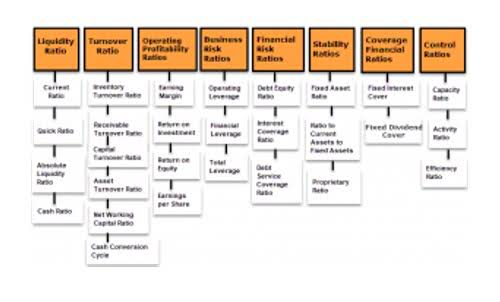
In contrast, the income statement reports the account’s transactions during the reporting period. An accounting guideline that requires information pertinent to an investing or lending Accounting for Marketing Agencies decision to be included in the notes to financial statements or in other financial reports. The systematic allocation of the cost of an asset from the balance sheet to Depreciation Expense on the income statement over the useful life of the asset. (The depreciation journal entry includes a debit to Depreciation Expense and a credit to Accumulated Depreciation, a contra asset account). The purpose is to allocate the cost to expense in order to comply with the matching principle. In other words, the amount allocated to expense is not indicative of the economic value being consumed.
#4 Trial Balance
Financial statements give a company’s stakeholders, such as investors, board members, creditors, employees, and analysts, a picture of a company’s financial performance and stability. They help stakeholders assess profitability and overall economic health to make decisions about investing in, lending to, or working with the company. Financial statements are reports businesses compile to record the company’s financial performance and health. They offer a clear, standardized picture to stakeholders like investors, creditors, and management to see how well the business operates and assess whether it’s headed in the right direction. Use your net profit (or net loss) from your income statement to prepare your statement of retained earnings. After you gather information about your net profit or loss, you can see your total retained earnings and how much you’ll pay out to investors (if applicable).
What is the significance of the cash flow statement in understanding business health?
- It may almost seem magical that all line items eventually mesh together and balance.
- There are more complicated formats for the income statement but this is the basis for all income statements.
- This statement shows how much money has been reinvested in the business, as well as how much has been distributed to shareholders.
- Experienced financial people will review the net cash provided from operating activities.
- The historical cost principle means that most of the expenses reported on the income statement are the actual costs from past transactions.
- These and other financial ratios can be found in our Financial Ratios Explanation.
Yes, financial statements could be approved by non-CPAs and it is normally approved by the Board of Directors after endorsing by the audit committee. The date of approval should be before or the same date as the auditor’s opinion date. However, before you can prepare the income statement, you must first have the correct trial balance. Once you have the corrected trial balance, you can start preparing the income statement.

Which financial statement is prepared first: a step-by-step guide

The balance sheet, lists the company’s assets, liabilities, and equity (including dollar amounts) as of a specific moment in time. That specific moment is the close of business on the date of the balance sheet. Notice how the heading of the balance sheet differs from the headings on the income statement and statement of retained earnings. A balance sheet is financial statements in order like a photograph; it captures the financial position of a company at a particular point in time.

Balance Sheet
The original cost incurred to acquire an asset (as opposed to replacement cost, current cost, or cost adjusted by a general price index). If a company purchased land in 1980 for $10,000 and continues to hold that land, the company’s balance sheet in the year contra asset account 2024 will report the land at $10,000 (even if the land is now worth $400,000). The second section of the SCF reports 1) the cash outflows that were used to acquire noncurrent assets, and 2) the cash inflows received from the sale of noncurrent assets.







